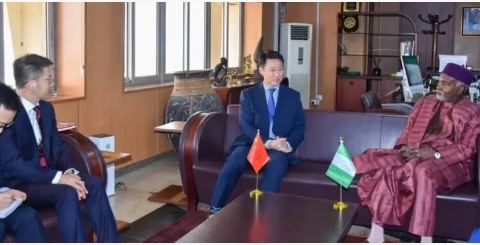Iran is a nation steeped in history, often mischaracterized by modern headlines but deeply rooted in one of the world’s oldest civilizations. Iranians are not Arabs; they are Persians, descendants of the peoples who built the ancient Persian Empire, one of the greatest empires of antiquity. Today, Iran remains a culturally rich and ethnically cohesive nation, with around 90% of its population practicing Shia Islam, about 5–8% Sunni Muslims, and small communities of Christians, Jews, and others. Politically, Iran transitioned from a monarchy to a brief period of Western-style governance before the 1979 Islamic Revolution, which overthrew the U.S.-backed Shah and established the current theocratic Islamic Republic.
Since that revolution, relations between Iran and the West, particularly the United States, have been marked by distrust and confrontation. The U.S. quickly turned against the new Islamic Republic, supporting Saddam Hussein during the bloody Iran–Iraq War (1980–1988) and imposing decades of punishing sanctions. Isolated and under pressure, Iran developed a self-reliant defense strategy and forged regional alliances with groups such as Hezbollah and the Houthis. Its nuclear program, begun in the Shah’s era with Western support, became controversial post-revolution. Iran insists its nuclear activities are peaceful and monitored under the Non-Proliferation Treaty (NPT), of which it remains a signatory. Yet Israel, backed by several Western nations, has long accused Iran of secretly pursuing nuclear weapons.
These accusations raise a deeper issue of global nuclear policy and double standards. Israel is widely believed to possess between 70 and 400 nuclear warheads, but it has never officially acknowledged its arsenal and is not a signatory to the NPT. It operates outside the international nuclear inspection framework that Iran is subject to. Despite this, Israel has positioned itself as the moral authority on nuclear nonproliferation in the region—calling out Iran while refusing any scrutiny of its own nuclear capacity. This asymmetry has fueled resentment and strengthened Iran’s argument that the global nuclear order is selectively enforced and politically biased.
On June 13, 2025, these tensions erupted dramatically when Israel launched a sweeping air assault on Iranian territory in what it called “Operation Rising Lion.” Over 100 sites were targeted, including military installations and the Natanz nuclear facility. Dozens of Iranians were killed, including scientists and senior officers, and key infrastructure was damaged. Israel justified the strikes as preemptive self-defense, citing intelligence about imminent Iranian nuclear advances. Iran responded swiftly by firing a barrage of missiles and drones at Israeli targets. While many were intercepted, the attack caused injuries and damage in several locations, sending the region into a fresh wave of volatility.
The global reaction was mixed. Oil prices surged, financial markets wobbled, and global air traffic was briefly disrupted. Yet unlike in past escalations, the United States has not led calls for de-escalation. Instead, it reiterated its full support for Israel. Key European powers such as Britain and France followed suit, echoing Israeli concerns while downplaying Tehran’s right to self-defense or the consequences of unilateral strikes on its territory. This lack of diplomatic balance has drawn criticism from analysts and observers, who argue that silence or endorsement of aggressive actions only deepens the crisis and undermines prospects for a peaceful resolution.
At home, the strikes galvanized Iranian public opinion. Despite internal political rifts and ongoing economic hardship, the Israeli attack triggered a nationalistic rallying effect. The government, often criticized for domestic repression, received rare expressions of unity as citizens perceived the attack as a violation of national sovereignty. Iranian leaders signaled that their response was deliberately limited—intended as a message of deterrence, not escalation. However, tensions remain high, and proxy actors across the region, such as Hezbollah, could inflame the situation further. The potential for miscalculation or retaliation remains dangerously real.
At its core, this crisis reflects a broader clash not just between two states, but between competing visions of power, legitimacy, and global order. Iran sees itself as a sovereign nation resisting external domination and defending its right to develop modern technologies. Israel sees any increase in Iranian capability, nuclear or otherwise, as a threat to its survival. The international community is caught in between, often choosing sides rather than upholding consistent standards. That Israel remains outside the NPT while targeting a nation that is still a signatory undercuts the credibility of global nonproliferation efforts and fuels accusations of double standards.
Iran is not without its faults or complexities. But it is also a proud and resilient nation shaped by centuries of culture, conflict, and resistance. The road ahead is perilous, and the choices made in the coming weeks by Tehran, Tel Aviv, Washington, and others, could define the Middle East’s future. The hope, still, is that cooler heads will prevail, and that diplomacy, not drones, will shape the next chapter.



























